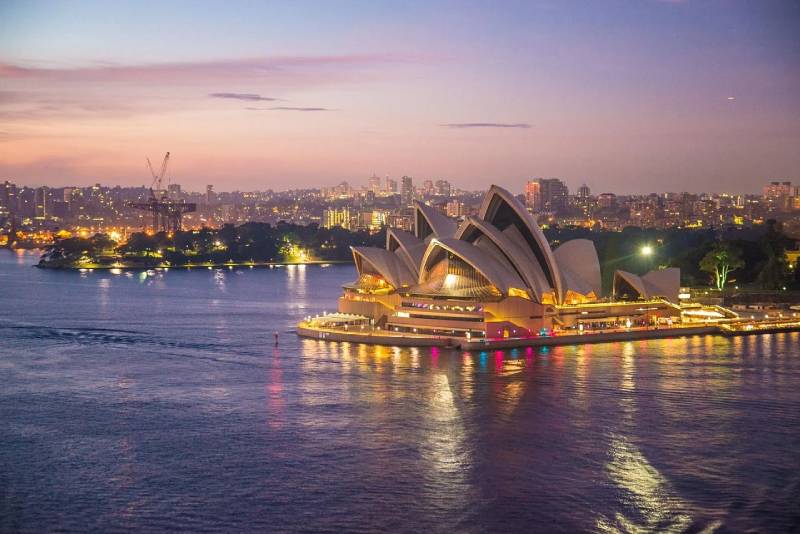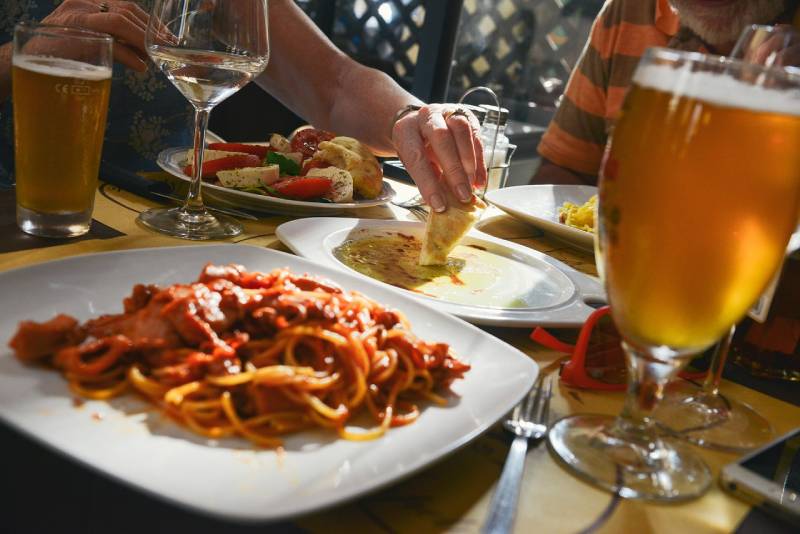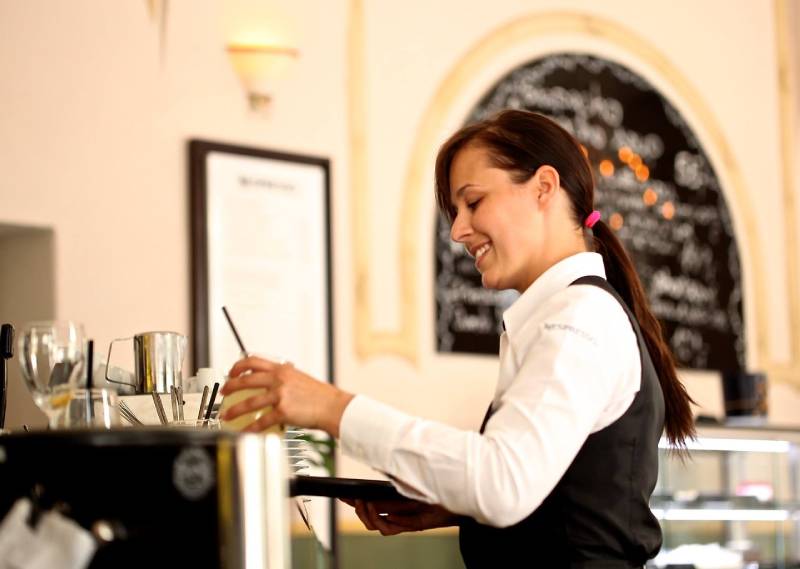Australian universities: How much does it cost to send your child there? (2022)


Walk down the streets of Melbourne, Sydney or Perth and you might be surprised to bump into some familiar faces — a classmate from primary school, perhaps, or a distant uncle.
That’s because Australia is crawling with Singaporeans. It’s one of the most popular destinations for Singaporeans looking to get a university degree abroad, and many stay on to look for jobs and later migrate permanently. Poly students are also often able to benefit from shaving a year or two off their degree courses in Australia.
In 2018, there were almost 10,000 Singaporeans studying in Australia, a number that looks set to rise further now that the worst of Miss Rona is over. So, if your child is considering a university education in Australia, how much cash must you be prepared to shell out?
Let’s look at the costs of studying in Melbourne, one of the most popular destinations for Singaporean students. Melbourne is generally more expensive than Sydney and cheaper than Perth in terms of cost of living.
[embed]https://www.youtube.com/watch?v=rkiXm9DvmQo[/embed]
There is no nice way to say this: Be prepared to bleed your soul dry paying for an Australian university education. International students are a huge revenue source for Australian universities, and they’ve been taking full advantage of it by hiking up their fees outrageously over the years.
Let’s take a look at the annual tuition fees of six major universities in Melbourne — if you’re Singaporean, there’s a high chance your child will be considering one of these six.
In 2022, the Singaporean dollar is almost on par with the Australian currency (currently AU$1 = S$1), so going to Australian to study may not be that much more expensive than studying in Singapore, living costs and air fares aside.
| Australian University | Annual tuition fees 2022 |
| University of Melbourne | AU$31,328 to $95,648 |
| Monash University | From AU$30,450 |
| RMIT | AU$30,720 to $40,128 |
| LaTrobe University | AU$31,400 to $73,400 |
| Swinburne University of Technology | AU$27,560 to $39,560 |
| Deakin University | AU$30,744 to $73,984 |
*Tuition fees and currency exchange are as of March 16, 2022.
Tip number one: Most undergraduate degrees are three to four years long. One way to shave a year or two off your child’s studies is to have him get a relevant poly diploma first. Be sure to check with your kid’s poly on which Australian universities give you credit if this is a route you wish to take.
Non-technical degrees such as business and arts tend to cost a lot less than technical or hard science degrees such as engineering or pharmacy — the difference can go up to AU$40,000 a year.

Tip number two: While the difference in fees might not be great enough to justify going to a lower ranked school for the cost-savings, here’s why you should still apply for a school that’s easier to get in — if his grades are good, your child stands a higher chance of getting a merit-based scholarship that gives you a discount off your school fees.
In fact, if he’s willing to live in Tasmania or Adelaide, where there are fewer international students, he’s likely to enjoy lower school fees and an even higher chance at a scholarship.
How much you pay for accommodation can vary wildly depending on where your child lives, where the university is located and whether the school provides on campus housing.
For instance, if your child is a student at Melbourne University or RMIT’s city campus, he’ll probably want to live in the city centre or inner city suburbs. As both universities do not offer the option of on-campus housing, he can either rent a place on his own (most expensive option) or share accommodation with housemates.
Some students also choose to live in the suburbs and buy a cheap car (you can get one for less than AU$5,000 if you don’t mind a really crappy vehicle).

A studio in the city centre will set you back no less than about AU$1,700 a month at the bare minimum (on the lower end of that scale you get a tiny studio, smaller than a one-room HDB flat), whereas sharing with housemates can shave rental by 20 per cent to 30 per cent.
If your campus is far from the city centre, your rent will be a little cheaper — but still expensive. For instance, Monash’s Clayton student residences still cost around AU$1,000 a month to rent.
The price of groceries in Australia is comparable to Singapore, although certain items like beef and milk are much cheaper. If you’re on a tight budget and your child can prepare most of his meals at home, he can expect to spend about the same amount as he’d spend back home.

However, if your child eats out often, beware, as the lack of hawker centres and generally higher low-end restaurant prices means you can expect to spend at least AU$10 for a very simple meal at some Chinatown eatery, and at least AU$15 to $20 for a meal at a hip local cafe.
If the school is in the city centre and your child lives in the same zone, his biggest transport expense will be the tram or bus. International students are eligible for a 50 per cent discount if they buy an annual transport subscription, bringing their rides to about AU$2.05 each. For instance, in Melbourne, students can purchase the iUSEpass.
There are also other essentials you’ll have to factor in such as a mobile phone plan (get a cheap prepaid plan, especially if your child will be spending his holidays in Singapore) and internet.

The lifestyles of Singaporean students in Australia vary wildly. There are those who spend most of their time studying and have little to no entertainment expenses. Then there are those who party several times a week, gamble regularly at Crown Casino, shop frequently, and eat out with their friends almost every day.
Those whose friends aren’t too extravagant and who prepare meals at home can have a decent social life for under AU$300 a month. Alcohol is much cheaper than it is in Singapore (er, not that your child will be drinking, of course!), and there are many relatively inexpensive bars in the city centre to hang out at.
There are, however, students who easily spend over AU$1,000 a month shopping at Melbourne Central/Bourke Street Mall/Brunswick Street after school, going to expensive nightclubs, eating at the newest hippest restaurants and so on. If you’re a cost-conscious parent thinking of sending your kid to Australia, you want want to consider limiting their allowance and encouraging them to get a part-time job — jobs in F&B or retail can pay very decently.
| Annual expenses | Estimated annual amounts |
| Annual tuition fees | AU$31,500 |
| Food | AU$5,200 |
| Transport | AU$800 |
| Accommodation | AU$12,000 |
| Gas and electricity | AU$5,000 |
| Telephone bills | AU$2,860 |
| Return airfare | AU$800 |
| Entertainment | AU$2,400 |
| Grand total | AU$60,300 |
All in all, you’re looking at paying around AU$60,300 a year at least, assuming your child takes up a Bachelor of Arts, which typically costs AU$31,500 a year, incurs rent of AU$1,000 a month and has conservative living expenses of around AU$700 (food, transport, and entertainment).
That’s a hefty price to pay for an education, but don’t forget that international students in Australia have the right to work up to 20 hours per week (just have to apply for a work visa) and can easily earn AU$20 an hour doing part-time work. This means that they can easily cover more than half of their living expenses if they put in 15 to 17 hours of part-time work a week.

In addition, assuming your child stays in Singapore for university, he will still incur some living expenses (more if he stays in hall), as well as considerable school fees (S$30,050 to $166,750 a year if he enrols at NUS).
Studying overseas can be a life-changing experience if one makes the effort to get out of one’s bubble, and can also be a stepping stone to getting a work visa and later PR should he decide to stay on.
If you can’t/don’t want to foot the entire bill for your child’s studies in Australia, he or she has the option of taking out an education loan.
This article was first published in MoneySmart.